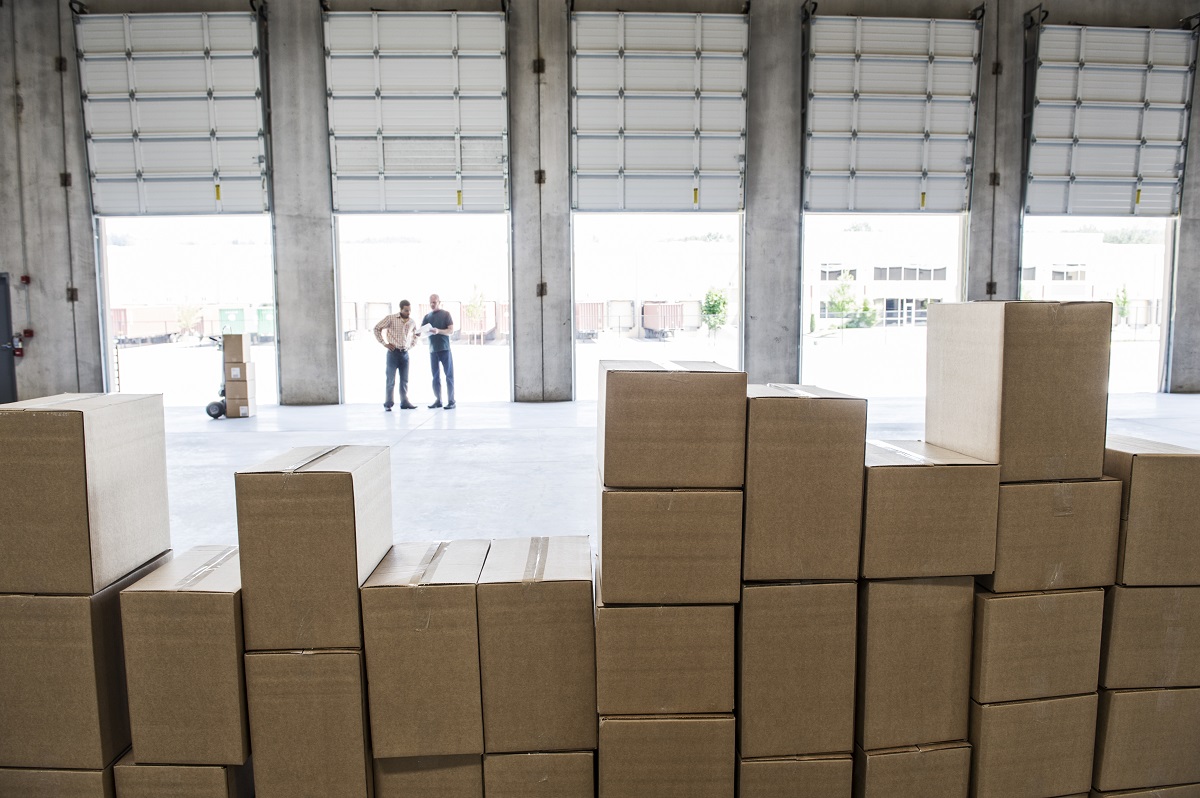5 Common Inventory Problems to Avoid
What are the most common inventory problems?
- Inaccurate Inventory
- Spoiled Items
- Damaged Goods
- Misplaced Items
- High Inventory Costs
Inventory problems are far too common in the logistics industry. In fact, even just a single disruption on the supply chain can already affect how well a logistics company is able to meet customer demands. Some of these inventory problems can be traced back to one of the primary stages in the order fulfillment process — the order request. Without a clear picture of the inventory, warehouses can experience a range of issues such as high costs, low visibility, damaged items, that can eventually affect the entire operation. Fortunately, there are different ways to resolve these top problems. Continue reading to learn more.
Inaccurate Inventory
With an inaccurate inventory, it can be difficult to fulfill requests from your customers. Be prepared to receive a slew of customer complaints and poor reviews that may eventually end up hurting your company.
Fortunately, you can identify the different causes of a poor inventory, which usually begins at your warehouse receiving and deployment dock.
In this part of your warehouse, you need to make sure that it’s managed by a team of personnel who are meticulous enough to accurately track which goods are entering or exiting your warehouse. This is where they make sure that all requirements and documentation are complete and correct so that the transfer of inventory into the warehouse is a smooth process.
Spoiled Items

Spoiled inventory items are far more common for warehouses that house perishable goods and substances like food, fresh produce, and other drinks and beverages. These items are not designed to sit for a long time in a single location. They need to be immediately prioritized in the warehouse and when they don’t, they may end up affecting the other items in the inventory.
To fix this, it may be important to revisit your existing inventory practices, particularly regarding your asset management. If you’re not yet implementing a first-in-first-out (FIFO) system, it may be time to do so, as it can exponentially reduce cases of spoiled items.
The FIFO method simply involves deploying the oldest stocks out of your warehouse first, before they spoil. In this way, the old batches don’t pile up in your warehouse and you’ll be able to efficiently manage the inflow and outflow of your goods.
Damaged Goods
Damaged products are inevitable in warehouses, but at the same time, they can be avoided with a few tips and tricks and by employing a number of good warehouse practices.
You’ll want to make sure that all your pallets are carrying the right amount of load. Don’t exceed their load-bearing capacity as this can increase the chances of the items falling or toppling over.
Another thing that you should ensure is that all your warehouse equipment is in good working order. Forklifts, for example, should have the right attachments to handle different items. Make sure there aren’t any loose components that can be dangerous when handling and carrying different types of SKU.
Misplaced Items

Your warehouse space should be optimized in order to allow your order pickers to move about freely. There should be designated areas that your warehouse personnel and your pickers can easily locate to pick the SKUs and transport the different items throughout the warehouse.
Without an organized system in place, your pickers would have a difficult time knowing where to go and pick items just to complete a single request. This can be time-consuming and can lead to instances of delivery delays and inefficient processes.
As always, it may be important to revisit your current operations, particularly with storage, picking, as well as, the physical layout of the warehouse. Try to figure out bottlenecks and if there are ways to improve how the items are stored. There might be a new system where you could categorize different SKUs in their respective locations.
High Inventory Costs
Supply chain disruptions are frequent during this time due to COVID-19. No doubt that logistics companies have had to make several adjustments in order to lower the cost of their inventory.
If you’re experiencing high costs, you may want to look into the different elements in your supply chain. For example, you can start with your suppliers. If you think that some of them may be doing you more harm than good — i.e. causing supply delays and distribution issues — you need to change your tactics and find a supplier that can easily meet your needs.
Another great tip is for you to start automating your inventory. It may be expensive in the beginning, but it can create many cost-effective solutions for your inventory in the long run.
To give another example, an automated warehouse management system (WMS) can provide your business with a high level of visibility across all your inventory requirements. You’ll no longer have to deal with inaccurate inventory information, wrong product labels, and misplaced SKUs due to the efficiency of a WMS. You’ll also be able to make many data-based decisions that can help you anticipate disruptions and make the necessary adjustments based on that.
Key Takeaway
Some common inventory problems that you may encounter in your warehouse include the following: inaccurate inventory, misplaced goods, spoiled items, damaged products, or high inventory costs.
When it comes to improving your processes, the best piece of advice is to always identify which areas of your inventory management are no longer giving you what you need. Start with manageable changes and work your way upwards the most difficult ones. Eventually, you can start working with a system that doesn’t lead to many issues and can improve the overall performance of your inventory processes.
